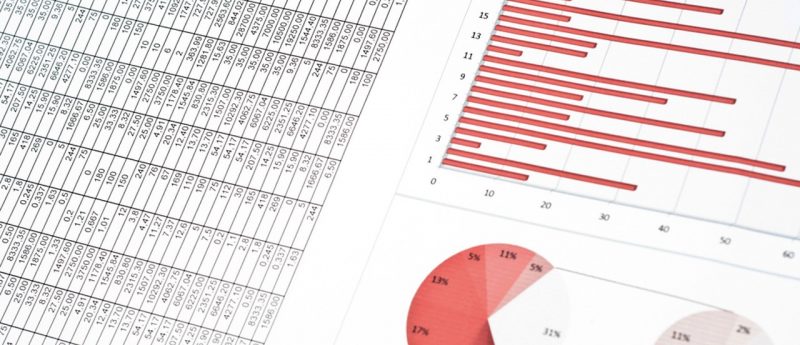Thermo Fisher Scientific announce technology updates and additional features to their high-resolution accurate mass GC–MS systems

Higher levels of accuracy in data collected from high-resolution accurate mass (HRAM) GC–MS systems, from Thermo Fisher Scientific (MA, USA), are now possible. This is due to recent updates designed to provide highly sensitive, selective and accurate compound identification of complex samples for both research and routine laboratories performing GC–MS.
Enhancements to the Thermo Scientific Q Exactive GC Orbitrap and the Exactive GC Orbitrap include the addition of Variable electron Voltage technology, the Orbitrap GC–MS HRAM Metabolomics Library and the TraceFinder Automated Compound Identification.
Variable electron Voltage technology enables low electron voltage settings to be utilized during electron ionization protocols, promoting high mass signals and providing high sensitivity for compounds prone to extensive fragmentation.
The Orbitrap HRAM Metabolomics Library for electron ionization and metabolite identification is efficiently streamlined. The library includes more than 800 metabolites and the spectra is refined and curated with the elemental composition of each electron ionization fragment verified.
The new TraceFinder software features a specialized spectral deconvolution library and automated compound identification to enable identification of challenging compounds. With the addition of Kovats retention index to the scoring index of unknowns, user confidence in compound identification is improved, especially in relation to isomeric compounds.
“The power of the multi-award winning Orbitrap GC–MS technology has facilitated numerous scientific advances and enabled our customers to break new ground and gain a deeper understanding of samples through the use of HRAM technology,” commented Fausto Pigozzo, director of marketing, (Thermo Fisher Scientific). “Our research and development teams are dedicated to advancing this technology and with these newest capabilities offer systems that continue to provide customers with information rich analysis.”
Jean-François Focant, director of the organic and biological analytical chemistry laboratory (OBiAChem; University of Liege, Belgium) concluded: “Orbitrap GC-MS technology provides a remarkable opportunity to explore the metabolome, and alongside other technology is helping us build up an understanding of disease phenotypes in more detail.
“One of the primary challenges in metabolomics is to identify significant metabolites during non-targeted studies. The addition of the new Orbitrap GC–MS HRAM Metabolomics Library is helping us move in the right direction with respect to obtaining putative metabolite identifications quickly, and as such, allowing a fast route to begin the work of understanding the biological meaning of our observations.”
Source: http://thermofisher.mediaroom.com/press-releases?item=123099
